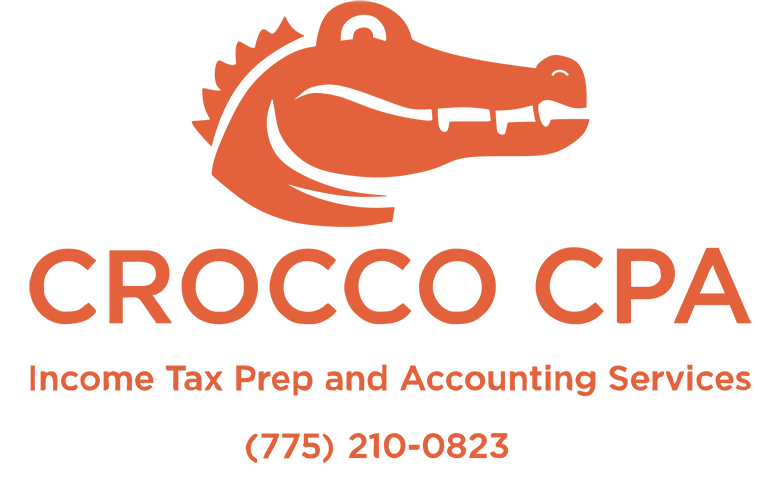Income Tax Prep and Accounting Services for Individuals and Small Businesses
Professional Income Tax Preparation
Navigate the complexities of income tax filing with our expert services tailored for both individuals and small businesses.
Our approach integrates state-of-the-art tax software with the personal touch of experienced tax professionals, ensuring your tax returns are prepared accurately and efficiently. From self-employed individuals to growing small enterprises, we offer comprehensive tax solutions that not only aim to maximize your deductions and credits but also plan for your future financial growth.
Accounting Services
Bookkeeping Services for Performance Tracking and Tax Planning – Our accounting services are designed to provide a clear picture of your financial health, enabling strategic planning and decision-making.
By entrusting us with your bookkeeping, you’re not just keeping your records up to date; you’re gaining insights into your financial performance that can drive your business forward.
Our services range from routine daily transaction recording to comprehensive financial statement preparation. We work closely with you to tailor our bookkeeping solutions to your unique needs, ensuring that you’re always ready for tax season and beyond.
TAX PREP
Individual and Business returns done fast and accurately.
Accounting Services
Bookkeeping, Financial Statements, Payroll and more!
consulting
Clean up Accounting, Financial Review, Fractional CFO and other Projects.
Richard is always easy to get a hold of, as well as easy to communicate with – which is a big deal for me as a restaurant owner working odd hours. After working with other CPA’s, I’ve realized how important it is to have someone that simply cares, and feels invested in the success of my own business as much as I do.”
“Our family casino business has was put in a very difficult position when our Director of Finance passed away unexpectedly. With no time to plan for succession, in a heavily regulated industry, I reached out to my contacts within the gaming industry for help. Rich came heavily recommended from trusted sources as someone who could help us on an interim basis. We brought Rich in and he worked side by side with my team until we could properly identify a permanent replacement. I cannot speak highly enough of the quality of Rich’s work, his ethics, and his protection of client confidentiality. I would not hesitate to call upon Rich again if the need arose.”
“I have been acquainted with Richard Crocco in a professional and business environment for almost (20) years. Early on in our association Richard held a senior accounting position that challenged him to raise his game as he confronted uncharted waters related to complex accounting and compliance matters. Richard always demonstrated a calm demeanor as he solved complex accounting issues that were able to withstand intense scrutiny after the fact.
Suffice it to say I was ecstatic to learn Richard was opening his own CPA firm specializing in tax preparation. It was exceptionally fortuitous for me as this coincided with the end of a (40) year relationship with a past CPA due to retirement. It was an easy decision to hand off my tax matters to Richard; interestingly year two of our association Richard has been tasked with sorting out the complexities related to the sale of an entity and the transfer of a real estate asset to a new entity. As I would have expected this has been handled in a manner that puts my mind at ease should there be an audit down the road.
Richard is the best, anyone would be hard pressed to do better.”
FROM THE BLOG
Crocco CPA Reno Nv
Small Business Accounting
Finding the Best Tax Accountant in Reno
Finding the Best Tax Accountant in Reno for Your Income Tax Prep Needs
Navigating the complexities of tax preparation can be daunting. Whether you’re a small business owner, an independent contractor, or an individual taxpayer, having a reliable tax accountant in Reno can make a significant difference. Here’s why choosing a professional tax accountant in Reno, NV, is crucial for your income tax prep and how it can benefit you.
Expertise and Local Knowledge
A Reno tax accountant brings a wealth of expertise and local knowledge to the table. They are well-versed in Nevada state tax laws and federal regulations, ensuring that your tax returns are accurate and compliant. This local insight is invaluable, as tax laws can vary significantly from state to state. By working with a tax accountant in Reno, you can be confident that your taxes are being handled by someone who understands the specific requirements of your location.
Personalized Tax Strategies
One of the key benefits of hiring a tax accountant in Reno, NV, is the personalized service they provide. Unlike generic online tax software, a professional tax accountant takes the time to understand your unique financial situation. They can identify deductions and credits you might not be aware of, maximizing your tax savings. Whether you’re dealing with complex business taxes or simple personal returns, a tax accountant in Reno can tailor their approach to meet your needs.
Efficient and Accurate Reno Income Tax Prep
Accuracy is paramount when it comes to tax preparation. Mistakes on your tax return can lead to delays, audits, or even penalties. A professional tax accountant in Reno ensures that your income tax prep is thorough and accurate. They have the tools and experience to catch errors and prevent costly mistakes, giving you peace of mind during tax season.
Time-Saving Convenience
Preparing your taxes can be time-consuming and stressful. By entrusting your tax prep to a Reno tax accountant, you free up valuable time that can be better spent on other important aspects of your life or business. They handle the paperwork, calculations, and submissions, allowing you to focus on what you do best.
Audit Support and Representation
In the unlikely event of an audit, having a tax accountant in Reno on your side is a significant advantage. They can provide expert guidance and representation, helping you navigate the audit process with confidence. This support can be crucial in resolving any issues quickly and favorably.
Choosing the Right Tax Accountant in Reno
When selecting a tax accountant in Reno, NV, it’s important to consider their qualifications, experience, and reputation. Look for certified professionals with a track record of success and positive client reviews. A good tax accountant should be transparent about their fees and services, providing clear communication and excellent customer service.
Conclusion
A tax accountant in Reno is more than just a number-cruncher; they are a valuable partner in your financial journey. With their expertise, personalized strategies, and efficient service, they can make your Reno income tax prep smooth and stress-free. Don’t navigate the complexities of tax season alone—find a trusted tax accountant in Reno and ensure your taxes are in capable hands.
Local Services
Tax Resources
Remember – Q2 Estimated Tax Payments are due Monday June 17th!!
______________________________
The Small Business Administration (SBA) set to launch a Working Capital Pilot Program. Go to pymnts.com for more information.
______________________________
Checklist for Newlyweds!
1. Report a name change to the Social Security Administration (SSA).
2. Update your address with the postal service and IRS (Form 8822).
3. Update your W-4 with your employer.
4. Review your tax filing status.
Remember – your filing status as of December 31st is your status for the whole year!
About
Rich Crocco, CPA
I am a finance professional working in Northern Nevada for the past 18 years.
I have spent 23 years in the Hospitality, F&B & Gaming industries and work in the Tax Industry as well.




